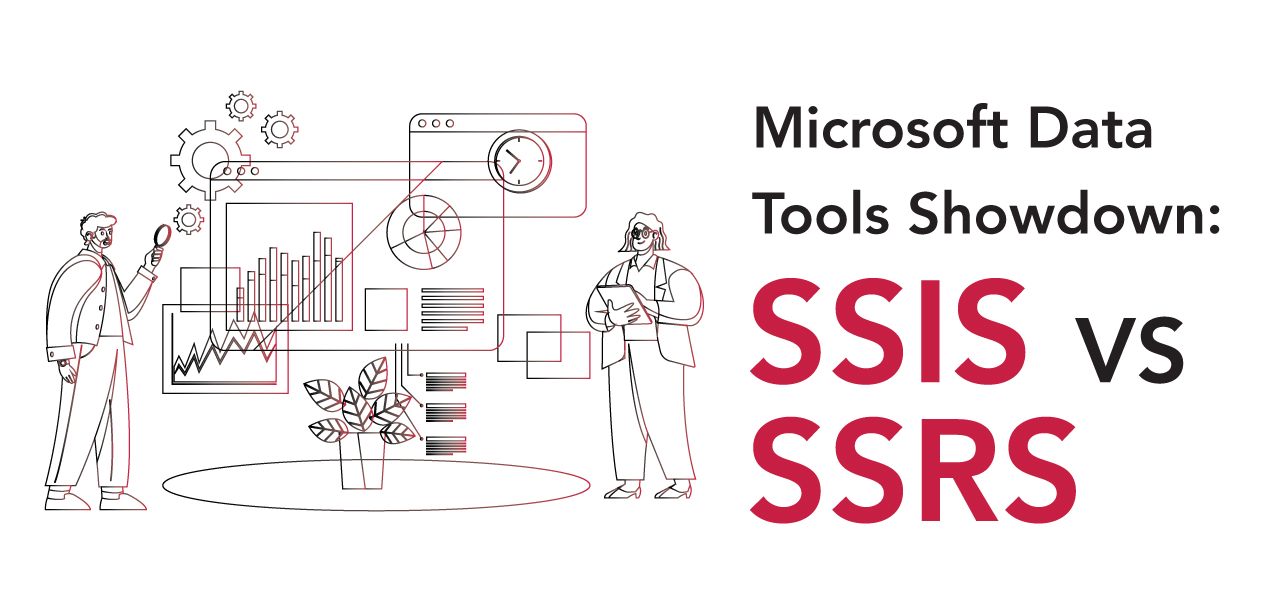
30May
SSIS vs. SSRS: Powering Data Integration and Reporting with Microsoft SQL Server
Microsoft’s SQL Server ecosystem offers a suite of tools designed to handle different aspects of data management and business intelligence. Two of the most widely used are SQL Server Integration Services (SSIS) and SQL Server Reporting Services (SSRS). While both are essential for enterprise data workflows, they serve distinct purposes.
What is SSIS?
SQL Server Integration Services (SSIS) is Microsoft’s platform for data integration and workflow applications. It specializes in Extract, Transform, Load (ETL) processes, allowing users to move, cleanse, and transform data from various sources into a centralized data warehouse or other targets.
SSIS is ideal for:
-
Migrating and consolidating data from multiple sources (databases, files, APIs)
-
Automating complex data workflows and scheduling data transfers
-
Data warehousing, backup, and business continuity planning
What is SSRS?
SQL Server Reporting Services (SSRS) is Microsoft’s reporting platform. It enables users to design, generate, and deliver interactive, paginated, and mobile reports from various data sources.
SSRS is best for:
-
Creating dashboards, charts, and detailed reports for business analysis
-
Distributing reports via web portals, email, or print
-
Allowing end-users to interact with and explore data through features like drilldowns and parameterized reports
Key Differences
|
Feature |
SSIS (Integration Services) |
SSRS (Reporting Services) |
|
Primary Purpose |
Data integration and ETL |
Data reporting and visualization |
|
Main Use Cases |
Data migration, transformation, warehousing |
Report creation, distribution, and analytics |
|
Workflow |
Moves and transforms data between systems |
Presents data in readable, interactive formats |
|
User Interaction |
Mostly backend, automated processes |
End-user focused, interactive reports |
|
Tools Included |
Import/Export Wizard, SSIS Designer, APIs |
Report Builder, Report Designer, Report Manager |
How They Work Together
SSIS and SSRS often complement each other in enterprise environments:
-
SSIS prepares and integrates data from various sources, ensuring it is clean and structured.
-
SSRS then takes this integrated data and presents it in meaningful, actionable reports for business users.
Conclusion
SSIS is the go-to tool for data movement and transformation, forming the backbone of data integration strategies. SSRS empowers organizations to turn integrated data into insights through rich reporting capabilities. Together, they enable businesses to manage, analyze, and act on their data efficiently, supporting better decision-making and streamlined operations.
Looking to streamline your data pipelines and reporting? Moonbyte builds integrated SSIS and SSRS solutions tailored to your business goals. Let’s talk data today.